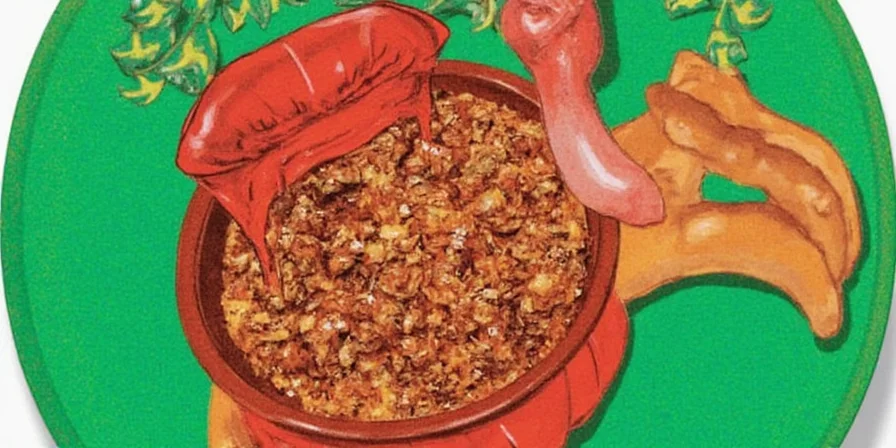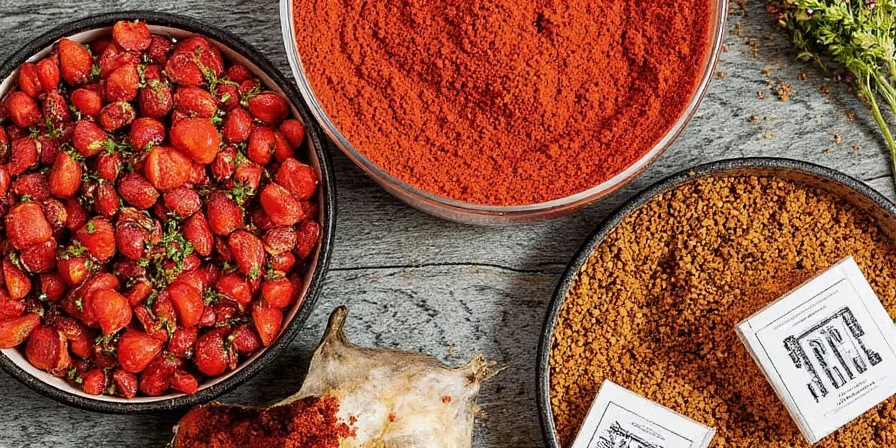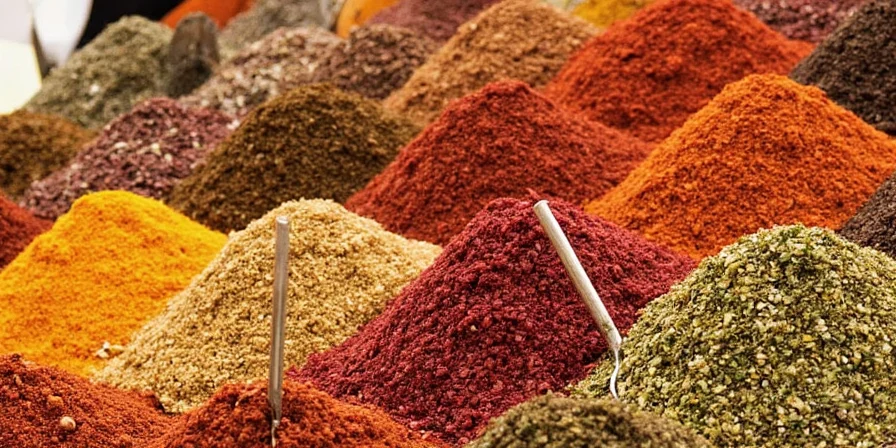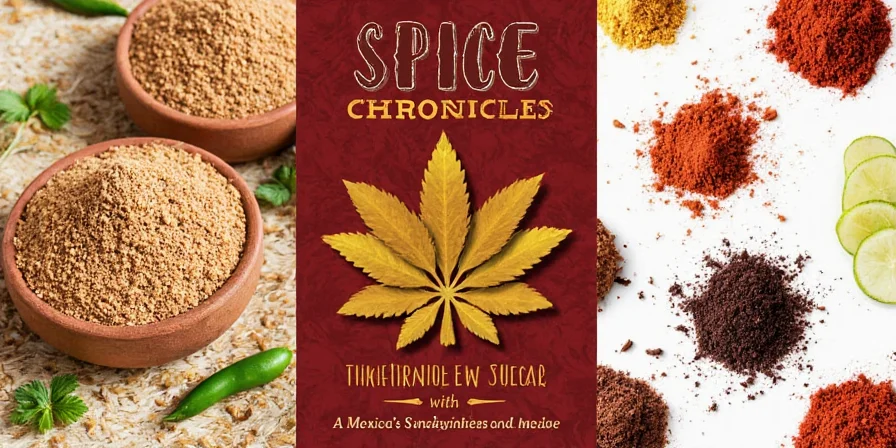Spice Chronicles: A Tantalizing Journey Through Mexico's Flavorful Food Culture
Table of Contents
- Introduction
- The Roots of Mexican Spice Culture
- Key Spices That Define Mexican Cuisine
- Cultural Significance of Food in Mexico
- Bringing Mexican Spice to Your Kitchen
- Fun Facts & Tips for Spice Lovers
- Conclusion
🌶️ Introduction: When Culture Meets Capsaicin
Mexico is more than just a country; it's a flavor explosion waiting to happen. With every bite of tacos al pastor, mole sauce, or tamales, you're tasting centuries of tradition, innovation, and passion. But what makes Mexican food stand out on the global spice stage? The answer lies not just in its heat, but in its heritage.

🌿 The Roots of Mexican Spice Culture
Befitting its rich cultural tapestry, Mexican cuisine evolved from a blend of indigenous traditions and colonial influences. Long before the Spanish conquest, native Mesoamerican civilizations like the Aztecs and Mayans used local spices such as chili peppers, cacao, vanilla, and epazote to season their food and imbue it with ritualistic significance.
The arrival of the Spanish in the 16th century introduced new ingredients like garlic, onions, cinnamon, and black pepper—forever altering the flavor profile of traditional dishes. Today, Mexican cuisine stands as a UNESCO-recognized cultural treasure, celebrated for its bold use of spices and regional diversity.
| Pre-Hispanic Ingredients | Post-Hispanic Additions |
|---|---|
| Chili Peppers (Ancho, Poblano, Habanero) | Cinnamon |
| Cacao | Black Pepper |
| Epazote | Garlic & Onions |
| Vanilla | Oregano |
🔥 Key Spices That Define Mexican Cuisine
If you think Mexican food is all about jalapeños and Tabasco, think again! Mexican cuisine uses a wide variety of spices and chilies, each bringing unique depth, aroma, and heat. Here are some of the most iconic ones:
- Guajillo Chili: Mild with a fruity note, commonly used in sauces and marinades.
- Ancho Chili: Dried poblano with sweet, raisiny flavors, perfect for moles.
- Habanero: Fiery hot with a citrusy kick, popular in Yucatán dishes.
- Epazote: Pungent herb often used in bean dishes to aid digestion.
- Smoked Paprika: Adds a deep, earthy tone to adobos and rubs.
- Annatto Seeds: Provide vibrant color and a nutty flavor, especially in cochinita pibil.

🌽 Cultural Significance of Food in Mexico
In Mexico, food isn't just sustenance—it's identity. Each dish tells a story of ancestry, region, and community. Celebrations like Día de los Muertos wouldn't be complete without pan de muerto, while Christmas brings the warm aromas of ponche and tamaladas (tamale feasts).
Mole, perhaps the most revered of Mexican dishes, is a labor of love that symbolizes unity and celebration. In Oaxaca, families prepare different types of mole for weddings, festivals, and even funerals, each version carrying its own symbolic meaning.
Regional Variations of Spice Use
| Region | Signature Dish | Notable Spice Use |
|---|---|---|
| Northern Mexico | Carne Asada | Use of dried chilies and smoked paprika in marinades |
| Central Mexico | Tacos al Pastor | Adobo with achiote, garlic, vinegar, and spices |
| Southern Mexico (Oaxaca) | Mole Negro | Complex blend of chilies, chocolate, seeds, and spices |
| Yucatán Peninsula | Cochinita Pibil | Annatto-based marinade called "recado rojo" |
🍳 Bringing Mexican Spice to Your Kitchen
You don’t need a passport to enjoy authentic Mexican flavors at home. Here’s how you can spice up your meals with ease:
Essential Spice Kit for Mexican Cooking
- Dried chili powders (Ancho, Guajillo, Chipotle)
- Epazote (fresh or dried)
- Ground Cumin
- Oregano (Mexican variety if possible)
- Garlic powder
- Onion powder
- Coriander
- Bay leaves
- Smoked paprika
- Annatto seeds
Pro Tips for Using Mexican Spices
- Toast Before Grinding: Toasting whole spices before grinding releases aromatic oils and enhances flavor.
- Bloom Chilies in Oil: Rehydrate dried chilies and toast them slightly in oil for richer flavor.
- Make Your Own Adobo: Combine chili powders, vinegar, salt, and spices to create custom marinades.
- Balance Heat with Sweetness: Counterbalance fiery chilies with a touch of sugar, honey, or chocolate (like in mole).
- Add Fresh Herbs at the End: Herbs like cilantro and epazote should be added near the end of cooking to preserve freshness.

🧩 Fun Facts & Tips for Spice Lovers
- Chili Popcorn!: Try popping your popcorn kernels in a mix of oil, cumin, and crushed guajillo for a spicy snack.
- Spice Up Beverages: Rim glasses with chili-lime salt for margaritas or add a dash of cayenne to hot chocolate—a nod to ancient cacao drinks.
- Know Your Scoville Scale: From mild poblanos (1,000–2,000 SHU) to super-hot ghost peppers (over 1 million SHU), understand your spice tolerance.
- Don’t Forget the Lime: Citrus helps balance heat and enhances the brightness of spices.
- Store Smartly: Keep spices in airtight containers away from sunlight to preserve potency and aroma.
✅ Conclusion: Spice It Up, the Mexican Way!
Mexican cuisine is a masterclass in balancing spice, sweetness, and soul. Whether you're savoring a street taco or crafting a complex mole from scratch, you’re participating in a tradition that spans generations and borders. So, next time you reach for that jar of chili powder, remember—you’re not just seasoning food; you’re stirring up history, culture, and a little bit of magic.
Stay curious, stay spicy, and above all—stay delicious!











 浙公网安备
33010002000092号
浙公网安备
33010002000092号 浙B2-20120091-4
浙B2-20120091-4